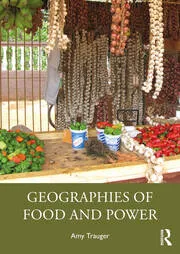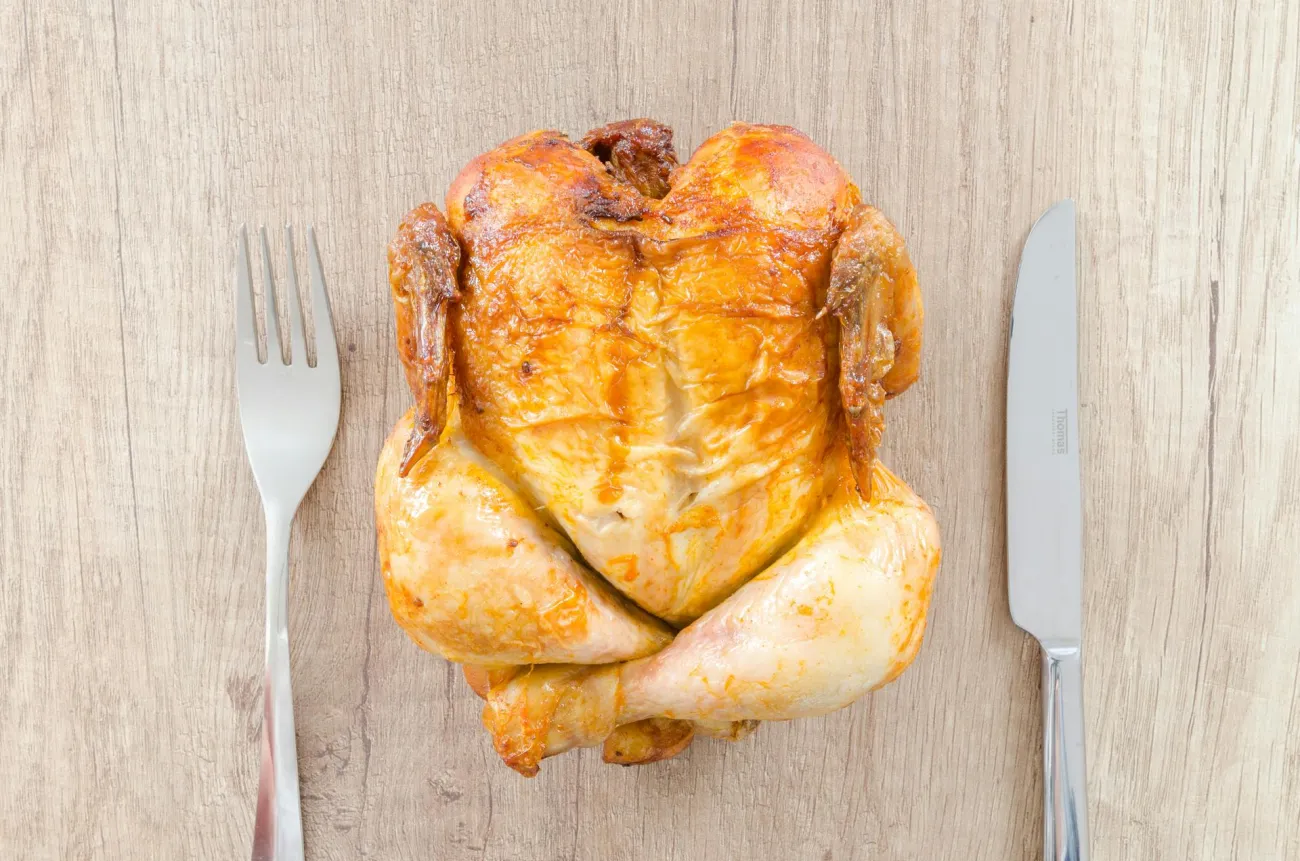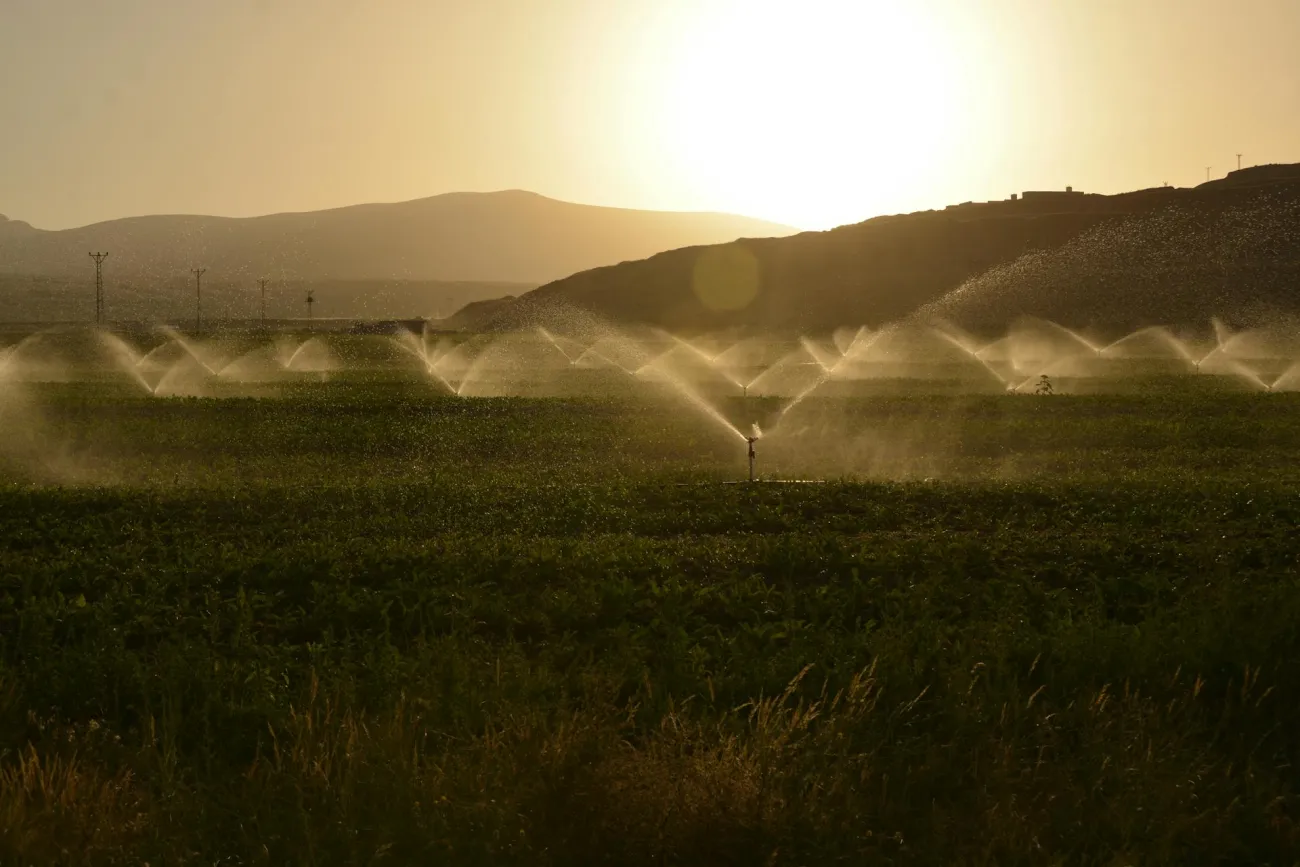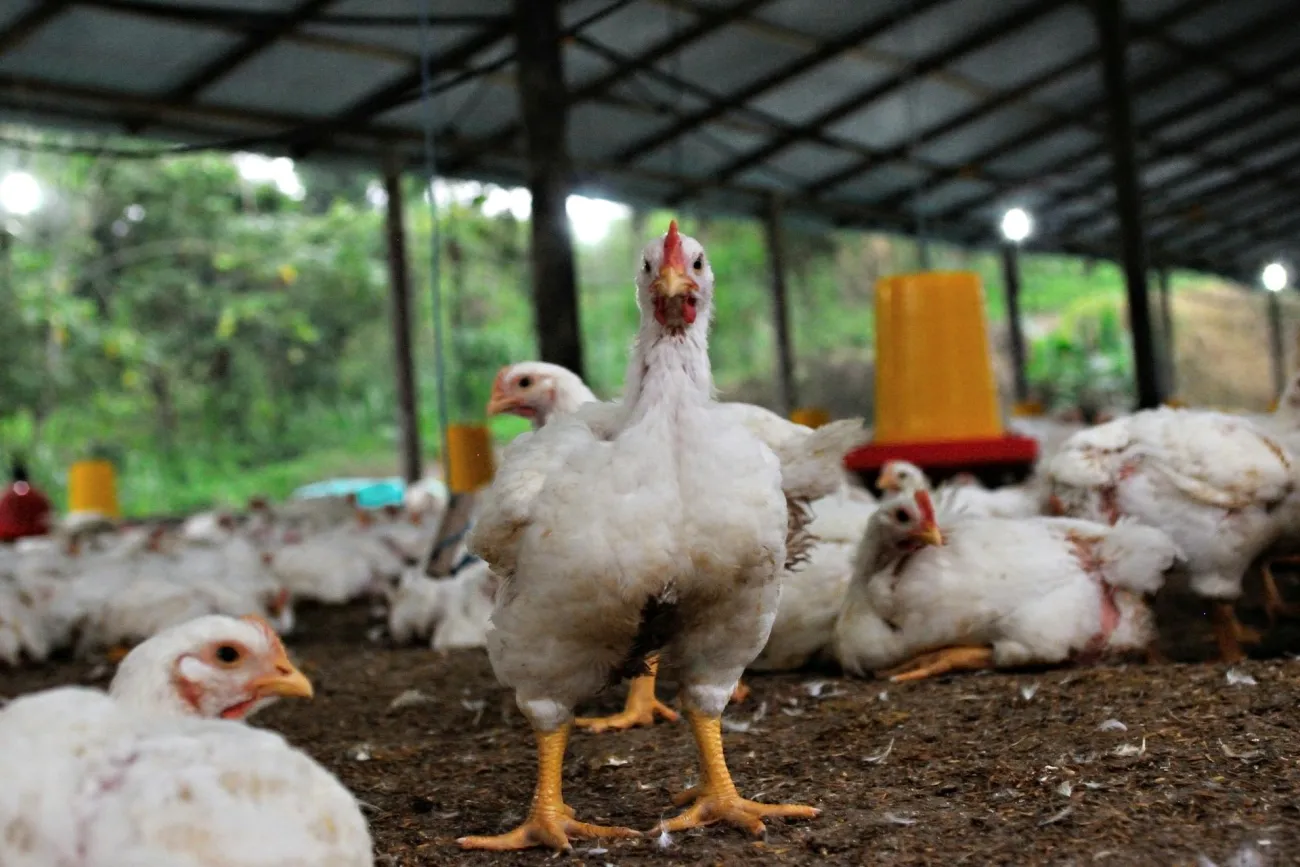This book, aimed at undergraduate students, gives an overview of how power dynamics, such as those linked to inequality and colonialism, affect global food systems and what we eat.

Publisher’s summary
This book provides a comprehensive overview of the production and consumption of food, suitable for use in undergraduate classrooms, either at the intermediate or advanced level.
It takes an intersectional approach to difference and power and approaches standard subjects in the geography of food with a fresh perspective focusing on inequality, uneven production and legacies of colonialism. The book also focuses on places and regions often overlooked in conventional narratives, such as the Americas in the domestication of plants. The topics covered in the textbook include:
- descriptions and analyses of food systems
- histories of agricultural development with a focus on the roles of different regions
- major commodities such as meat, grains and produce with a focus on the place of production
- contemporary challenges in the food system, including labour, disasters/conflict and climate change
- recent and emerging trends in food and agriculture such as lab-grown meat and vertical urban farms
Geographies of Food and Power takes a synthetic approach by discussing food as something produced within an interconnected system, in which labour, food quality and the environment are considered together. It will be a valuable resource for students of human geography, environmental geography, economic geography, food studies and development.
Reference
Trauger, A. (2022). Geographies of Food and Power. Routledge, Abingdon.
Read more here. See also the TABLE work theme Power in the food system: what’s powering the future of protein?




Comments (0)